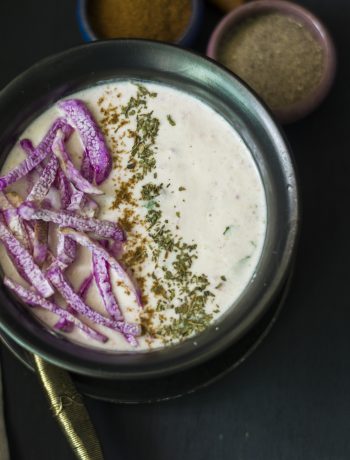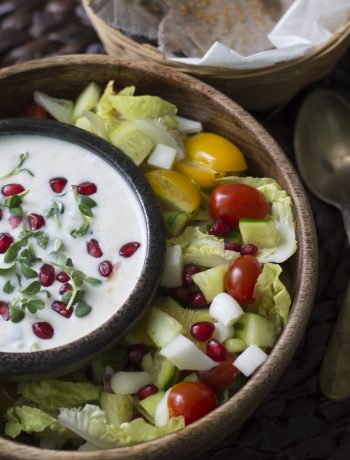The research behind Silent Cuisines—especially to understand the greens, tubers, and flowers that form the heart of Adivasi recipes—led me to a remarkable vintage book series titled Sabarkantha ni Vanaushadio. Authored by Rajvaidya Shri Rasiklal Parikh between the 1940s and 1970s, it reads like a travelogue through the deciduous forests along the Sabarmati river and the foothills of the Aravalli mountains.
While I found a few mentions of the greens I was searching for, what stayed with me was the detailed account of one particular tree: Indrajav/Tellicherry tree (Holarrhena antidysenterica), called Kado in the Gujarati dialect. The series contains numerous references to the tree’s medicinal properties, and the epic Shri Aryabhisak devotes an entire page to its virtues.
“The forests are filled with Indrajav trees. At night, the air swells with the fragrance of its jasmine-like flowers. In Ayurveda, its bark, leaves, roots, and seeds are revered for treating digestive ailments, worms, fevers, and piles. The flowers, in particular, are said to help regulate diabetes. While the potent medicines prepared from the bark and seeds require expert administration, tribal families have long tapped into its gentler powers by cooking with the flowers—turning them into shaak or kadhi,” recounts Shri Parikh.
During my research travels for Silent Cuisines, I visited many of the regions mentioned in Sabarkantha ni Vanaushadioand interacted with Adivasi communities. However, none of the Adivasi families I interacted could recall using Indrajav flowers in their cooking or any part of the tree in their folk medicine. In just over six decades, much of these forests—and their medicinal trees—have disappeared, along with the knowledge keepers who once stewarded them. It was a startling, real-world example of how traditional ingredients vanish from our foodscape—quietly, steadily, and often unnoticed.
Interestingly, many vintage Gujarati cookbooks from the 1940s and 50s include numerous recipes using Kada na phool—shaak, kadhi, raita, chutney, and even a cooling drink called Amruto (which I hope to document this season). This tells us that Indrajav was once accessible beyond forest boundaries—perhaps grown in home gardens or along farm hedges—and formed part of a larger culinary memory, not just Adivasi tradition.
I’ve been searching for Kada na phool for the last two years. Despite spotting Indrajav trees along the roadsides, I missed their blooms every year. When I asked Purvi if she had any idea of where to find Indrajav around Ahmedabad, she promptly replied, “There’s one on our farm. My mother planted it many, many years ago.”
Need I say more? That quiet, intuitive understanding of the natural world—like knowing which trees to grow and why—is something we’ve begun to lose. Our elders knew. They ensured these trees thrived around us. Indrajav blooms in April–May, so I waited nearly a year for the flowers to bloom. The first recipe I recreated with them is a simple raita.

Kada na Phool nu Raitu
A delicate, floral raita made with Indrajav (Kado) blossoms
Ingredients
- 3/4 cup Indrajav/Kada flowers, loosely packed
- 2 cups yogurt
- 1 teaspoon mustard seeds, lightly pounded
- 1 teaspoon green chilies, minced
- ¼ teaspoon hing (asafoetida)
- 1 teaspoon oil (groundnut oil preferred)
- Salt to taste
Instructions
Stem and rinse the Kada flowers well.
Bring water to a boil, blanch the flowers for a few minutes to reduce bitterness. Strain and rinse with cold or room-temperature water. Set aside in a colander to drain.
In a bowl, whisk yogurt until smooth. If it’s too thick, thin it with a little water—aim for a runny cake batter consistency.
Add salt, minced chilies, and crushed mustard seeds to the yogurt. Gently fold in the blanched flowers.
Heat oil in a small pan. Add mustard seeds; when they begin to pop, add hing. Turn off the heat and pour the tempering over the raita.
Notes
This raita is delicately flavored. Avoid adding coriander, as it can overpower the gentle floral notes of the Indrajav flowers.





No Comments